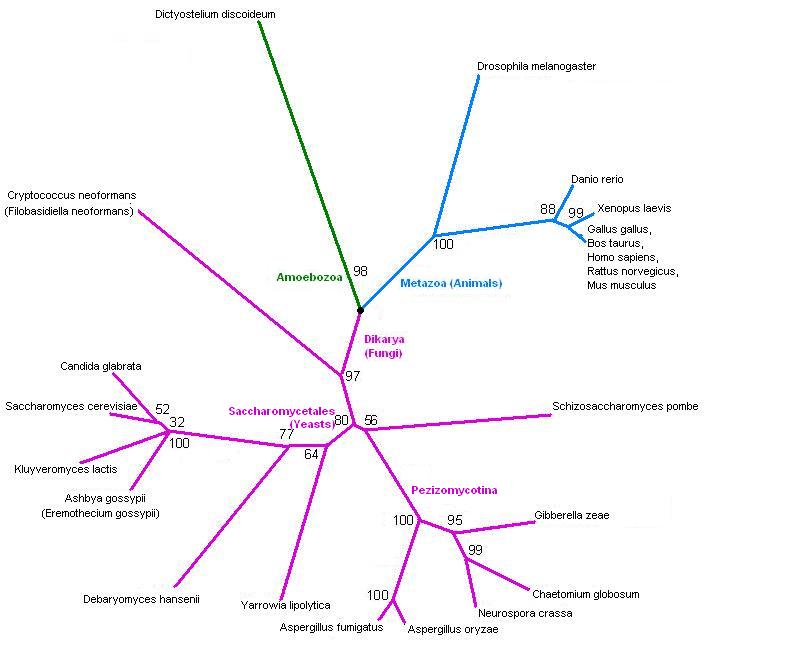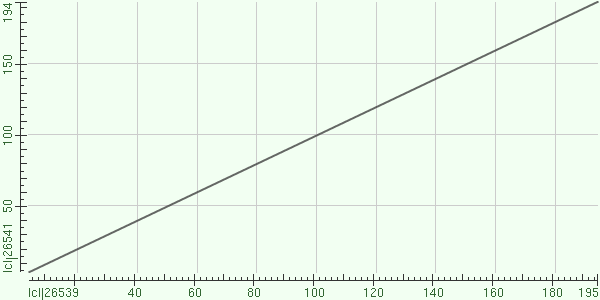Evolution.
Multiple sequence alignments:
An alignment of a blast search of the NCBI's nonredundant database. Some of the sequences are protein or translated cDNA, but many come from genome annotations, with no functional information. The sources are both prokaryotes and eukaryotes.
This MSA shows that the sequence has been well conserved - some of the residues almost 100% conserved over a wide variety of organisms. However, if you use these to make other inferences, keep in mind that some of these sequences may not code for ssu72 (or anything else)...
An alignment from a blast search of SwissProt. The data is higher quality and less redundant.
The (H/V)C(X5)R(S/T) is conserved in all the SwissProt sequences, except for Cryptococcus neoformans ('Cryne'). I don't know yet why it isn't conserved in C. neoformans; the sequence seems fine otherwise and comes up where it should in the tree.
Tree, from SwissProt hits. Forget how I described the tree before: it splits into fungi and animals - and one slime mold. Drosophila is in with the animals, but fairly distant from human, as you'd expect.
The taxonomy of the hits from SwissProt. This confirms that the tree is showing the expected phylogeny.
A dot matrix alignment between Drosophila (x-axis) and Human (y-axis) ssu72. The proteins are virtually identical.
Alignment of 3fdf (bottom sequence) to 7 phosphatases with similar secondary structure (top sequences). Conserved regions at 10 and 100, and occasional conserved residues. (Note phosphatases align much better with each other than with 3fdf)

